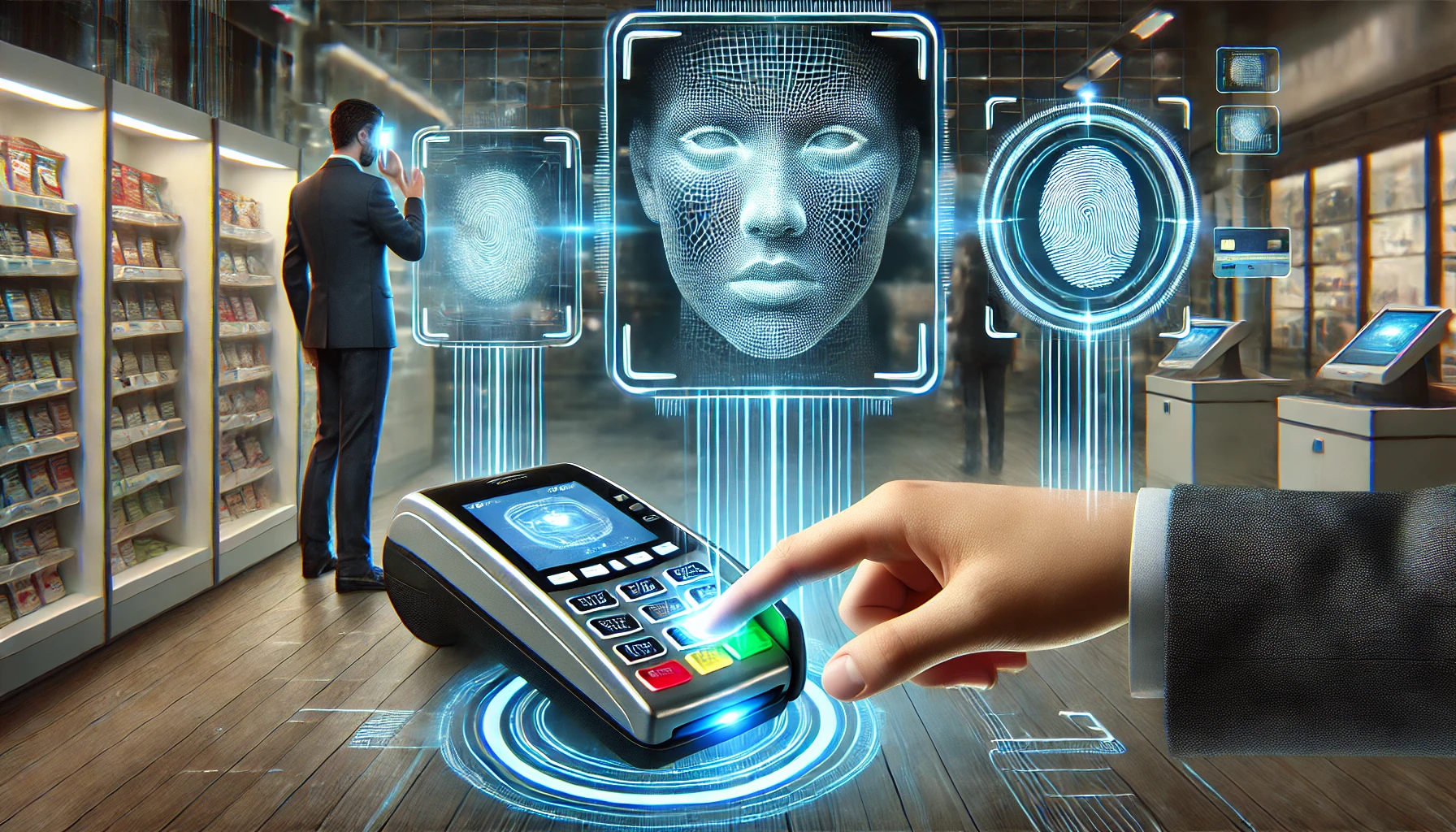Biometric payment systems are changing how people make transactions by using unique human traits as identifiers. These systems blend advanced technology with ease, security, and speed, making older payment methods less relevant. This article looks into biometric payment systems, their operation, benefits, challenges, and their increasing importance globally.
What Are Biometric Payment Systems?
Biometric payment systems use biological data such as fingerprints, facial features, iris patterns, or voice to verify and approve payments. Unlike traditional methods that need cards, PINs, or passwords, these systems depend on human traits that are hard to copy or steal.
These systems work with point-of-sale (POS) terminals, smartphones, or online platforms, allowing users to complete transactions by showing their biometrics.
How Do Biometric Payment Systems Work?
The process generally involves three main steps:
Enrollment
Users register their biometric data (like fingerprints or facial features) with a payment system or provider. This information is securely stored, either in the cloud or on the user’s device.
Authentication
During a transaction, the system scans the biometric data presented (such as a fingerprint or face) and matches it with the stored template to verify the identity.
Authorization
Once the identity is confirmed, the payment is processed in real-time, usually faster than using cards or cash.
Types of Biometric Payment Systems
Fingerprint Recognition
The most common type, fingerprint scanners, are used in smartphones, POS terminals, and ATMs.
Facial Recognition
Cameras capture and analyze facial features, often used in smartphones and payment kiosks.
Iris Scanning
Iris recognition systems use the unique patterns in a person’s eye for secure authentication.
Voice Recognition
Voice patterns are analyzed to verify identity, useful for phone-based transactions or smart assistants.
Palm Vein Scanning
This method scans vein patterns in the palm, offering a contactless and precise solution.
Benefits of Biometric Payment Systems
- Enhanced Security: Biometric data is unique to each person, making it very secure against fraud or identity theft. Unlike passwords or PINs, biometrics cannot be guessed or forgotten.
- Convenience: Transactions are quick and easy, with no need for cards or cash. Users simply present their fingerprint or face for instant payment.
- Reduced Dependency on Cards and Cash: With biometrics, the need for wallets or remembering card details decreases, moving towards cashless societies.
- Improved User Experience: Faster checkout times in stores and fewer online authentication steps lead to a smoother customer journey.
- Fraud Prevention: Biometrics greatly reduce instances of card theft or unauthorized access, increasing trust in payment systems.
Challenges of Biometric Payment Systems
- Privacy Concerns: Collecting and storing sensitive biometric data raises questions about privacy and potential misuse.
- Data Breaches: Although biometric data is hard to replicate, a breach could cause serious security issues, as biometric traits cannot be changed like passwords.
- Technology Accessibility: Not all regions or people have access to the advanced technology needed for biometric payments.
- High Implementation Costs: Setting up biometric hardware and integrating systems can be expensive, limiting adoption by smaller businesses.
- Errors in Recognition: Factors like lighting, aging, or injuries can affect the accuracy of biometric scans, causing inconvenience for users. Uses of Biometric Payment Systems
Retail
Biometric point-of-sale systems make the checkout process quicker, improving the shopper’s experience.
E-commerce
Biometric authentication replaces traditional logins and payment methods, providing a secure online shopping experience.
Banking
ATMs and mobile banking apps use biometric data to verify users, providing an extra layer of security.
Public Transport
Facial recognition systems allow contactless ticket payments, reducing queues and speeding up travel times.
Healthcare
Biometric payments ensure secure transactions for medical services while safeguarding patient identity.
Examples of Biometric Payment Systems
Apple Pay and Face ID
Apple uses facial recognition in its payment system to enable secure and easy transactions.
Amazon One
Amazon’s palm-scanning technology lets customers pay at stores with just a hand scan.
Mastercard Biometric Cards
These cards are equipped with fingerprint sensors, adding security to every transaction.
Clear
Clear provides biometric identification for fast and secure payments at places like airports and stadiums.
The Future of Biometric Payment Systems
With advancing technology, biometric payment systems are expected to become more common. Innovations such as using multiple biometric traits, like face and voice together, will boost security. Blockchain integration could further ensure data integrity, addressing privacy concerns.
Governments and banks are likely to establish standards for biometric payment regulations to protect users and their data.
Furthermore, biometric payment systems might grow beyond transactions, integrating with smart cities, customized shopping experiences, and advanced identification systems.
Conclusion
Biometric payment systems are revolutionizing financial technology by combining security, convenience, and innovation. While there are challenges such as privacy and accessibility, the benefits make them an attractive option for modern payment solutions. As more people use them, biometric systems could change how we handle transactions, moving towards a future where identity becomes the key to payment.







Leave a Reply